I can’t say that I know much about this actress who had a long life although she does seem to have been around a great deal in the Forties and Fifties particularly in Westerns
Barbra Fuller
(July 31, 1921 – May 15, 2024)
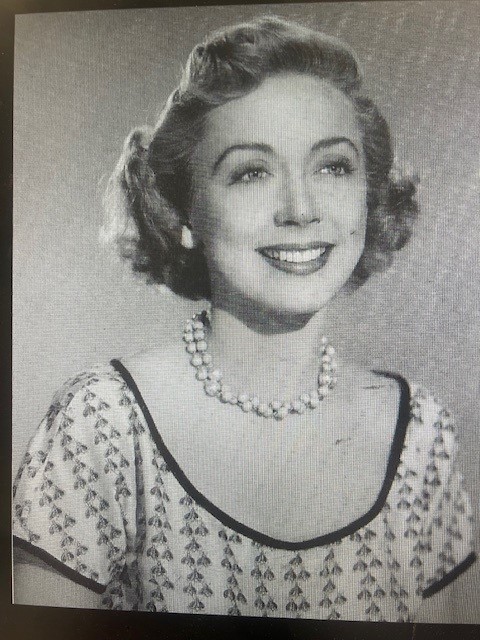
Actress Barbra Fuller has died recently at the great age of 102.
Republic put her under contract in 1949 and put her in pictures like The Savage Horde (above, with Bob Steele), Rock Island Trail (1950) and Lonely Heart Bandits (all 1950). The Savage Horde, starring William Elliott, is excellent.

She was on the radio soap opera One Man’s Family from 1945 till 1959 and spent the late 50s working in TV quite a bit (Perry Mason, My Three Sons, etc.). She was in a 1953 episode of Adventures Of Superman.
Hers was one of the best known voices on the airwaves. By the age of 18, Barbra Deane Fuller had been featured in 25 radio serials and had by her own count portrayed more than 1000 different characters. Though having earlier aspired to become a maths teacher, she went into show biz instead and made her first radio broadcast at 11 years of age. Two years later, she was playing more ingénues in Chicago soap operas than any other teenager. Barbra was a regular performer on The Theater of Famous Radio Players, described by an authority on the subject as “a repertory company of radio’s best professional actors.” Her most popular roles included Claudia in One Man’s Family (a role she went on to play for 14 years) and Barbara Calkins in Scattergood Baines for the Mutual Broadcasting System. In 1942, she moved to New York, where she set up base for two and a half years.
Barbra’s father died when she was three. Raised by her mother, she went to school in Chicago and was said to have had a passion for reading non-fiction and travel books. Early in her career as a radio actress she would earn $12.50 per broadcast.
As her popularity grew, she changed the spelling of her first name from ‘Barbara’ to ‘Barbra’ “as an attention-getter”.
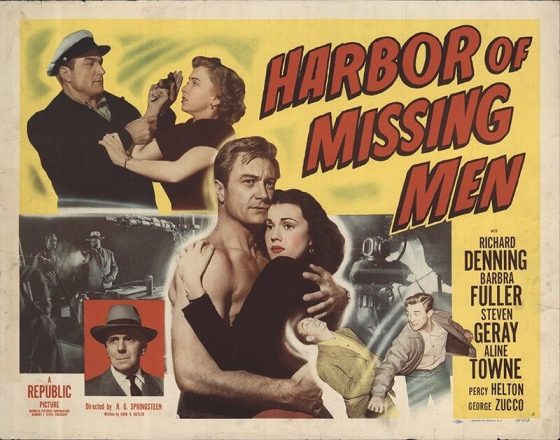
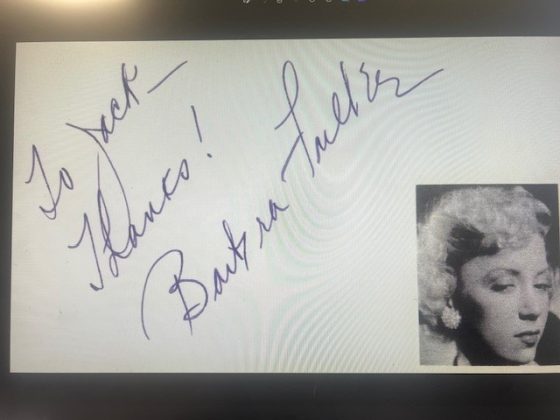
Barbra Fuller was married to Lash La Rue for a very short time – Lash was non too successful where marriage was concerned – I think he married 7 times but I have seen reports of ‘at least ten marriages’
They married in Yuma, Arizona on 23 February 1951 and divorced on 2 June 1952
William Whitney

William Witney
(May 15, 1915 – March 17, 2002)
William Witney was a genius, and his contribution the cinema has been and is greatly under-appreciated.
William Witney directed about 27 of the Roy Rogers films and lived close by him in the San Fernando Valley
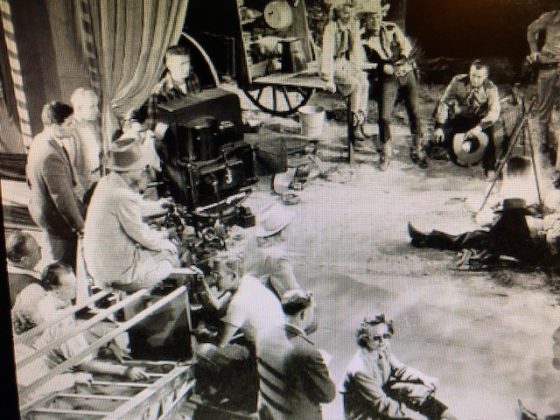
William Witney belonged to a Hollywood which has long since disappeared. During the 1930s and 40s, he turned out dozens of B westerns and cliff-hanger serials.
In the 1950s and 60s, he was active in directing TV series, most of them westerns.
From 1935 to 1956, Witney’s workplace was Republic Pictures, where he practised the philosophy of “make ’em fast and make ’em cheap”. Witney directed more than 60 features, impossible for even the most prolific of directors today. In his autobiography, In A Door, Into A Fight, Out A Door, Into A Chase (1996), he said he was never satisfied with the stilted way movie fights were shot, and he is credited as the first director to choreograph screen fights.
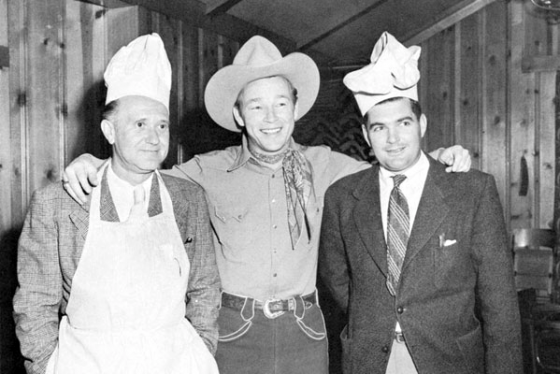
ABOVE: Producer Eddie White, Roy Rogers, Director William Witney.
This is what William Witney had to say when discussing the Roy Rogers films he made :-
“Our producer, the greatest guy, Eddie White… was from New York. He didn’t know which end of a horse was which, but he had good taste. And they brought me along and put me with him. I’d been a horseman all my life. I’m a jumping horse rider, and I love horses. So, we made a very excellent team, the two of us. We became the best of friends.
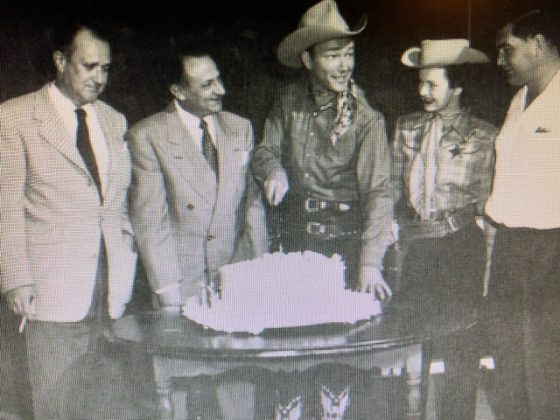
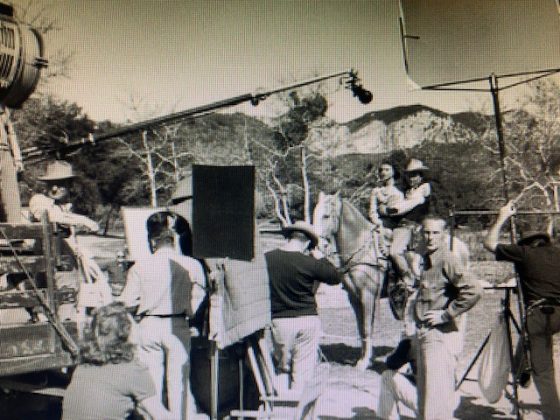
ABOVE – Bells Of Coronado, 1950
Director William Witney (L) wearing hat, walks backwards as he directs Dale Evans and Roy Rogers during filming of Republic’s 1950s production of BELLS OF CORONADO.
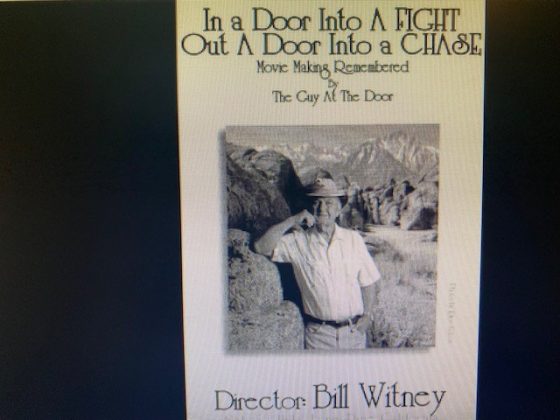
William Witney’s Autobiography ABOVE
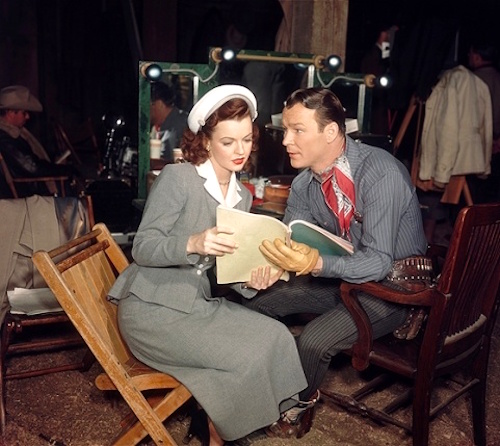
The Roy Rogers films that were directed by William Witney were of a much higher quality than the previous ones
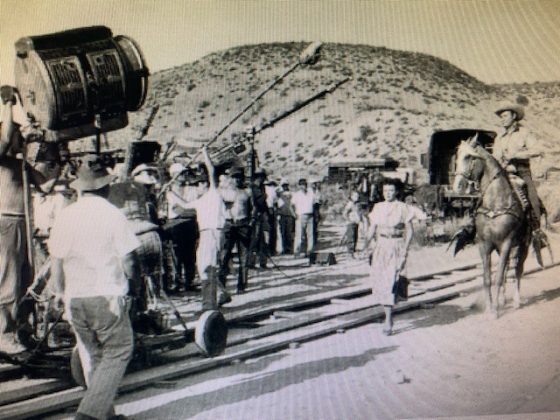
Shooting location scenes ABOVE and BELOW
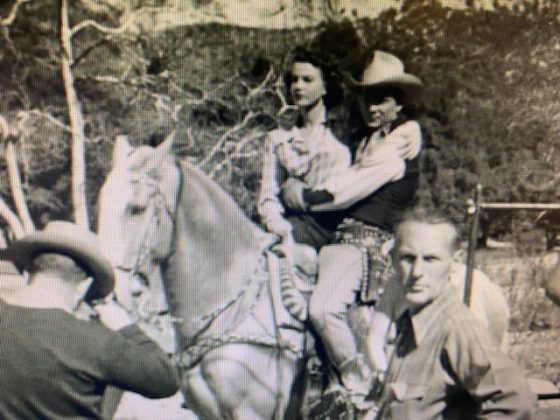

ABOVE Roy Rogers chatting in the Film Studio ABOVE
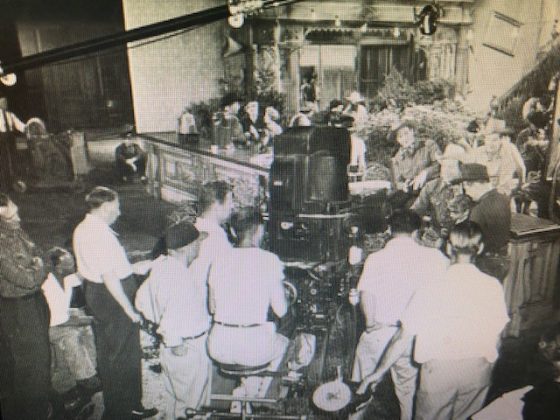
Willian Witney adds :- Republic was a small studio. I was under contract there for 28 years, and this studio, everybody used to say, was the hardest studio to work at in the world, but our crews were excellent. They had people in there that were just brilliant…
We’ve got a casting office, and they read the script and they make suggestions. You also have a book of actors, and you know actors after all these years. You got through the book and you say, ‘See if you can get him, I wanna interview him.’ And you’d interview these people to look at them. You knew their ability, most of them, because you’d worked with them before.
William Witney actually made his acting debut in 1933 ‘Fighting with Kit Carson’ in an uncredited role – or roles more accurately as he played a settler an Indian and a Trooper. In his Autobiography he said that working on this film – which was a serial when on BBC TV in the early fifties – that the actors and crew worked from dawn to dusk in demanding conditions. Much of the filming was at the Iverson Ranch which he said was awash with Rattlesnakes – I had never heard that before.
In England on the BBC in 1952, I am pretty sure it was called ‘Kit Carson and the Mystery Riders’

… [Trackback]
[…] Read More here to that Topic: filmsofthefifties.com/western-stars-and-directors/ […]